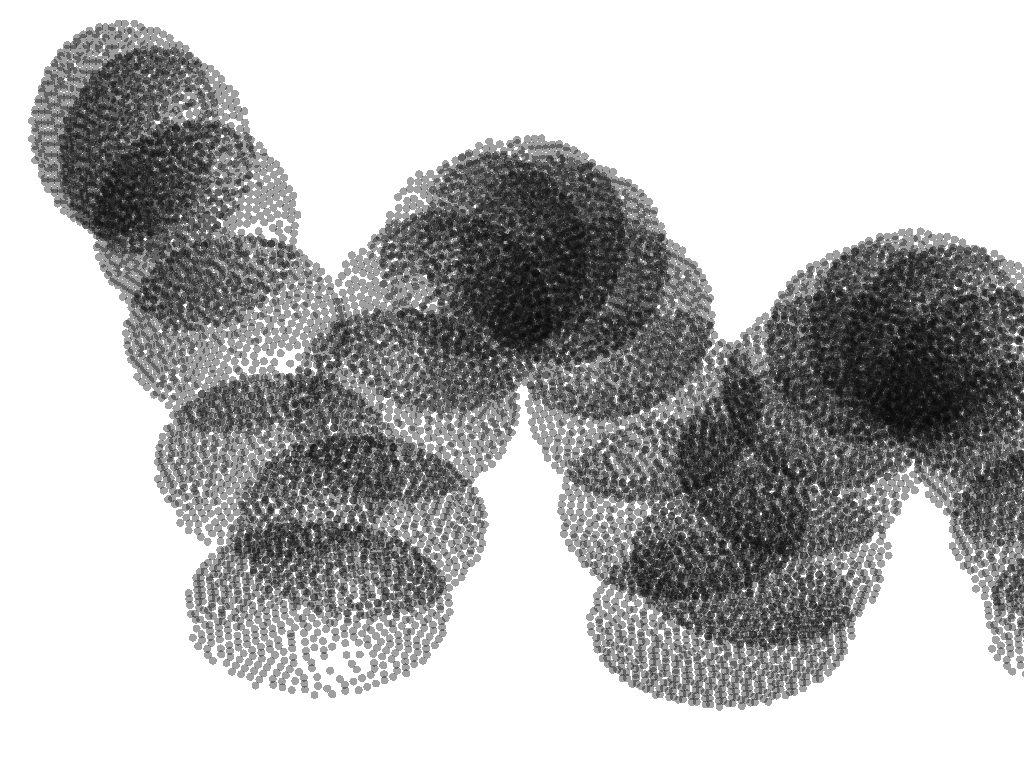Evaluating the perception of different matching strategies for time-coherent animations
February 12th, 2015

Authors
Villegas, J., Etemadpour, R., Forbes, A. G.About
Our paper presents new perceptual metrics for evaluating time-coherent animations based on different matching strategies. We introduce new terminology to more accurately describe perceptual aspects of moving images. These terms, “smoothness,” “cohesion,” and “accuracy,” are used to describe the quality of the matching algorithms in comparison to a ground-truth reference animation. Smoothness is a desirable quality of the animation that implies that the image elements should change slowly with time. Abrupt changes on position, size, shape, etc., are distracting and destroy the feeling of continuity. Cohesion is the spatial equivalent of smoothness. In a cohesive animation, features that are close to each other should behave in a similar way. Accuracy is an indication of how well the recreated image resembles the original analyzed picture. We introduce a set of metrics that quantify these terms and that can be applied to parametric spaces of any finite dimension. We conducted a user study with 30 students in order to find out which matching algorithms are highly related to these perceptual metrics. We discuss how these matching strategies could be used effectively when developing novel techniques for the non-photorealistic rendering of videos, or stylized animation.
Keywords: Motion perception, interactivity, animation, temporal coherence
Resources
Citation
Villegas, J., Etemadpour, R., Forbes, A. G., Evaluating the perception of different matching strategies for time-coherent animations, Proceedings of SPIE-IS&T Electronic Imaging, Human Vision and Electronic Imaging XX, vol 9394, San Francisco, CA, pp. 1-13, February 12th, 2015.